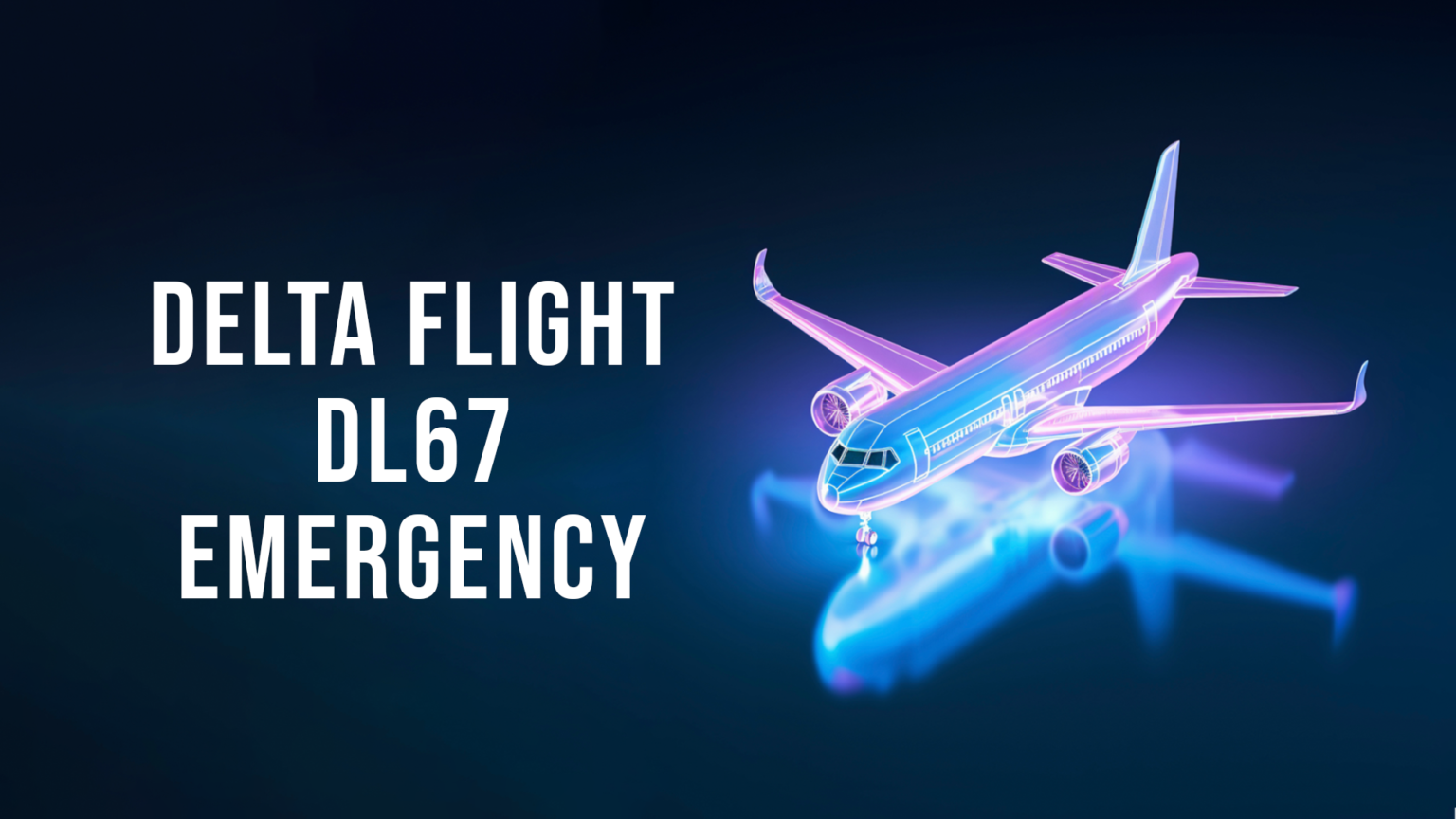Understanding Delta Flight DL67
Delta Flight DL67 Emergency is a regular transatlantic route operated by Delta Air Lines, typically flying from New York’s John F. Kennedy International Airport (JFK) to Accra’s Kotoka International Airport (ACC) in Ghana. This route connects two significant cultural and economic hubs, facilitating not only passenger travel but also cargo transportation between the United States and West Africa. However, like any other flight, it is not immune to emergencies.
The Incident: What Happened on Delta Flight DL67?
On a seemingly routine flight, Delta Flight DL67 Emergency encountered an emergency that tested the skills of the flight crew and the robustness of the aircraft systems. The specifics of the emergency are crucial for understanding the overall impact and response measures. In this case, the incident involved a sudden loss of cabin pressure, which is one of the most serious situations an aircraft can face while in the air.
Initial Signs of Trouble
The first signs of trouble were detected approximately three hours into the flight. Passengers reported hearing a loud hissing noise, which was followed by the deployment of oxygen masks. The cabin crew acted swiftly, guiding passengers to secure their oxygen masks and remain calm. The flight deck crew, meanwhile, began an emergency descent to a safer altitude where the air pressure outside the aircraft would be more manageable.
Crew Response and Emergency Procedures
The flight crew on Delta Flight DL67 Eergency adhered to stringent emergency protocols. The captain communicated with air traffic control to declare an emergency and request an immediate descent. The co-pilot assisted with managing the aircraft systems and ensuring that all necessary checklists were followed.
Emergency Landing and Passenger Safety
Despite the critical situation, the crew managed to stabilize the aircraft and make an emergency landing at a nearby airport. Emergency services were on standby, and passengers were safely evacuated from the aircraft. Medical personnel were available to assist anyone who might have suffered health complications due to the rapid descent or the initial loss of cabin pressure.
Investigating the Cause
Preliminary Findings
The immediate investigation focused on the potential causes of the cabin pressure loss. Preliminary findings suggested a possible malfunction in the aircraft’s pressurization system. Maintenance records were scrutinized to determine if there were any prior issues with the aircraft that could have contributed to the emergency.
Detailed Inspection and Analysis
A thorough inspection of the aircraft was conducted by a team of experts, including representatives from Delta Air Lines, the aircraft manufacturer, and aviation safety authorities. The inspection involved checking the fuselage for any structural damage, assessing the condition of the pressurization system components, and analyzing flight data recorder (FDR) and cockpit voice recorder (CVR) information.
Passenger Experiences and Reactions
First-Hand Accounts
Passengers on Delta Flight DL67 shared their experiences, highlighting the professionalism and calm demeanor of the cabin crew. Many recounted the initial fear they felt upon hearing the hissing noise and the subsequent relief when oxygen masks were deployed. The quick response and clear instructions from the crew helped to mitigate panic.
Post-Emergency Support
Delta Air Lines provided immediate support to passengers following the emergency landing. This included accommodation, transportation, and counseling services for those who were affected by the incident. The airline also issued statements reassuring the public of their commitment to safety and the thorough investigation underway to prevent similar occurrences in the future.
Delta Air Lines’ Safety Measures
Rigorous Training Programs
Delta Air Lines is known for its rigorous training programs for both flight and cabin crews. These programs include regular emergency drills and simulations designed to prepare crews for a wide range of potential scenarios. The performance of the crew on Delta Flight DL67 is a testament to the effectiveness of these training programs.
Maintenance and Inspection Protocols
Regular maintenance and inspection protocols are crucial for ensuring the safety and reliability of aircraft. Delta Air Lines adheres to stringent maintenance schedules, ensuring that all aircraft are thoroughly inspected and any issues are addressed promptly. The airline also follows all regulatory requirements set forth by aviation authorities.
Passenger Safety Briefings
Prior to every flight, passengers receive safety briefings that cover the use of oxygen masks, seat belts, and emergency exits. These briefings are an essential component of in-flight safety, equipping passengers with the knowledge they need to respond effectively in an emergency.
Conclusion: Ensuring Future Safety
The incident on Delta Flight DL67 underscores the importance of preparedness and swift response in aviation safety. While the loss of cabin pressure is a rare event, it highlights the need for continuous vigilance and adherence to safety protocols. Delta Air Lines’ comprehensive training, maintenance, and passenger safety measures play a critical role in managing such emergencies effectively.
Through ongoing investigation and implementation of any necessary improvements, Delta Air Lines aims to enhance the safety and security of its flights. The experience of Delta Flight DL67 serves as a valuable lesson in the importance of robust safety measures and the dedication of airline staff to ensuring passenger well-being.
